Lots of novels, including my Tufa series, deal with fairies. The first stories we hear are usually fairy tales of some sort, whether involving actual fairies or merely set in a world where they’re possible. But fairies aren’t just relegated to fiction; in many places their reality is accepted just like guitars and the internet. These aren’t small chaste creatures flitting between flowers, either: true fairies are often large, warlike, and terrifying. And even when they are small, it’s best to treat them as if they could still kick your ass, which is why they get referred to by euphemisms such as the Good People or (my favorite) the Other Crowd.
As a writer who enjoys diving down research rabbit holes, I’ve read many books about real fairies. Here are five of my favorites.
The earliest major work to describe real encounters with the fairy folk was probably The Secret Commonwealth of Elves, Fauns and Fairies. I first heard of this book when a band back in Tennessee borrowed the title for their name. Written in 1691 but not published until 1815, the book is a slim but extensive survey of rural beliefs in said creatures, along with other supernatural manifestations as they were understood at the time. The author was a Scottish minister who helped translate the Bible into Gaelic which makes his relative open-mindedness on these pagan matters that much more surprising. Legend says that upon his death, he himself was taken to Fairyland, where I can only assume he’s still working on volume II.
The Fairy-Faith in Celtic Countries, by W.Y. Evans-Wentz, is a massive brick of a book. Published in 1911, it’s an exhaustive survey of fairy beliefs throughout the British Isles, and offers then-reasonable explanations for them. It’s the kind of book you might see nowadays from Neil DeGrasse Tyson or Bill Nye, patiently collating stories of alien encounters and then explaining them away using the now-current sciences of psychology and physics. The stories themselves are fascinating, just like today’s stories of Bigfoot or Nessie; after all, just because something’s loony doesn’t mean it’s not interesting. Evans-Wentz himself is also fascinating: he knew Lawrence of Arabia, and translated the Tibetan Book of the Dead into English. He was convinced that one day there would be scientific proof of the existence of fairies, and you can sense that mix of science and belief in this work.
Fairies: A Book of Real Fairies (yes, that’s the actual title) is by Edward L. Gardner, a prolific author of Theosophy-related literature. This book exists to assert the reality of the famous Cottingley fairy photographs, in which two little girls claimed to have pictures of actual fairies. They are reproduced and extensively analyzed (if you can call it that) in the book. At this date, with our modern sensibilities, it seems incredible that people didn’t instantly realize these “fairies” were cardboard cutouts, but even Arthur Conan Doyle was taken in, and wrote voluminously about their reality. Much like the idiot crew of Finding Bigfoot, when you attach your ego to something, you’ll fight for it to the death.
Buy the Book
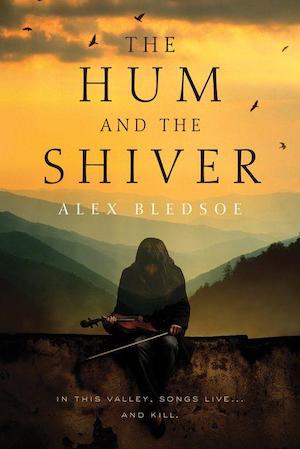

The Hum and the Shiver
Moving into more modern times, we have Signe Pike’s enchanting 2010 memoir Faery Tale: One Woman’s Search for Enlightenment in a Modern World. Pike makes a pilgrimage to the sites of traditional fairy lore, delves into magic and tradition, and searches for a way into belief despite the modern world’s resistance to such things. It’s a moving personal story told with wit and honesty, and it demonstrates that belief is not something bound to any one era.
Finally, we have 2014’s Seeing Fairies: From the Files of the Fairy Investigation Society by Marjorie T. Johnson. This is another compilation of encounters, many of them of the purely mental variety, but from the twentieth century. Ms. Johnson, a member of the FIS, compiled them, but they weren’t published in English until after her death, in 2014. If you believe fairies aren’t compatible with the modern world, these stories will make you rethink that. Many of the stories take place in America, and there’s no substantial difference between these Old and New World fairies. There’s a certain sameness to them, as with any compilation, so it’s a better to read in bursts than all at one sitting. But as far as bringing us up to the end of the twentieth century, it shows us that fairies are alive and well in our beliefs, if not in our world.
I’ve read these books, and many more, all asserting the reality of fairies. I’m not saying I believe in fairies, but I do believe in the possibility of fairies, just as I do Bigfoot, Nessie, and Compassionate Conservatives. In other words, I’m willing to be convinced of fairies’ reality, and the Other Crowd has a standing invitation to stop by for a visit. And if they do, I hope they like the way I’ve portrayed them in my Tufa novels, because if they don’t … I’m in trouble.
Originally published March 2017.
Alex Bledsoe grew up in west Tennessee an hour north of Graceland (home of Elvis) and twenty minutes from Nutbush (birthplace of Tina Turner). He’s been a reporter, editor, photographer and door-to-door vacuum cleaner salesman. His Tufa novels are published by Tor Books.


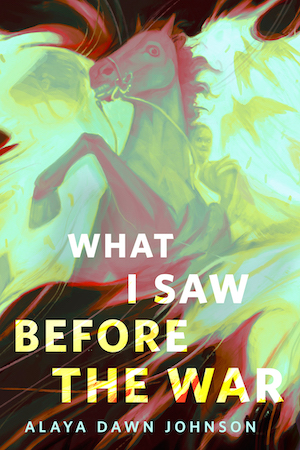
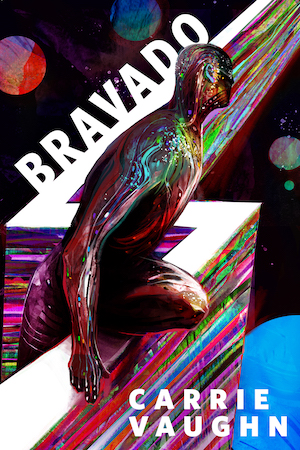
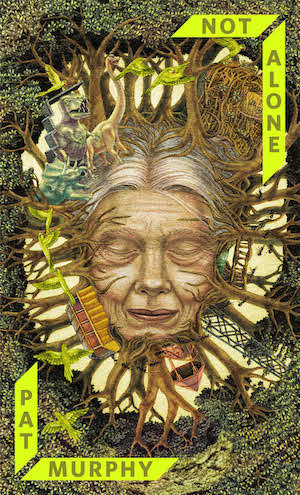
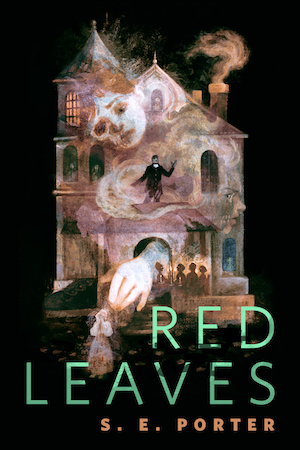




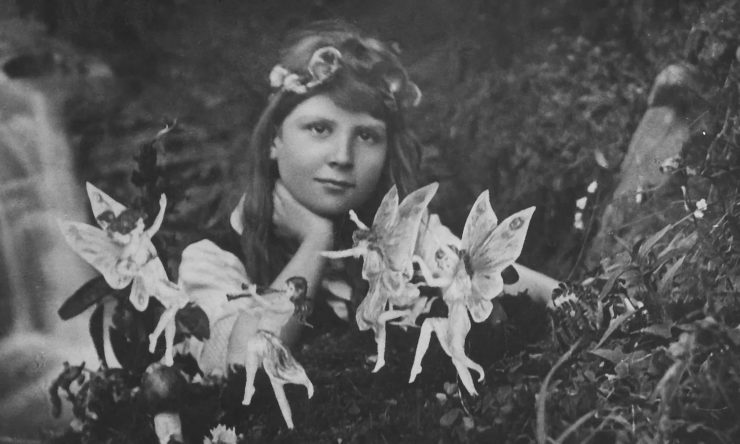
The author was a Scottish minister who helped translate the Bible into Gaelic which makes his relative open-mindedness on these pagan matters that much more surprising. There are a lot of recent overlapping folk beliefs (e.g., I’ve read of English who identify as Christian but who still left something out for the Good Neighbors on Midsummer Eve), but there are also other more-official cases; I was shown a church (?the Cathedral of Saint Domnius?) in Split in which the entry carvings were equal numbers of Christian symbolism and figures from (IIRC) the zodiac.
Another resource is The Glass Harmonica (aka The Book of Weird) by Barbara Byfield, which refers to itself as “a most Desirable Lexicon of the Fantastical, Wherein Kings and Dragons, Trolls and Vampires, to say nothing of Elves and Gnomes, Queens and Knaves and Werewolves, are made Manifest, and many, many further revelations of the Mystical Order of Things”.
My own favorite, for the title alone although I’ve never actually read the book, would be the 1813 publication of
A Relation of Apparitions of Spirits, In the County of Monmouth, and the Principality of Wales: With other notable relations from England: together with observations about them, and instructions from them: designed to confute and to prevent the infidelity of denying the being and Apparition of Spirits, which Tends to Irreligion and Atheism.
By the late Rev. Edmund Jones, of the Tranch.
The Reverend Jones was an 18th-century Dissenting minister who thought it entirely too presumptuous to say that God couldn’t or hadn’t created fairies, or spirits, or anything other kind of being that he chose.
Jones is discussed as a source for Welsh folklore in Wirt Sikes’s British Goblins (1880), another excellent resource for studying that disputatious race, the Fair Folk.
As a professional magician, I’ve been fascinated by the relationship between Sir Arthur Conan Doyle and Harry Houdini, especially regarding the Cottingley fairies. This article is very informative, thank youy.
Hey Alex, thanks for the shout out! I’m in The Secret Commonwealth – the band that is. New website, needs an updated link. https://www.tscband.com/ – just remove the rest of the URL. URL as it is is a 404 Page Not Found. Oi!
THE SECRET COMMONWEALTH has been Middle Tennessee’s most enduringly popular Celtic band since their inception in 1993. Influenced by The Pogues, The Chieftains, and traditional Irish pub bands, TSC’s music mixes original material with traditional music and many styles of American and European folk.
The band first came together to play a single St. Patrick’s Day party on the campus of Middle Tennessee State University. What was supposed to be a one-off gig met with such an enthusiastic response that they soon branched out to play pubs, clubs, private events, and conventions, plus Celtic, International, and Americana music festivals. Their annual St. Patrick’s Day shows have resulted in a packed house every year. As is inevitable with a band that has existed for over two decades, the lineup has changed often. Because of the democratic nature of the band, each member is able to bring their personal stamp to the band’s sound, contributing to both the songwriting and in building their repertoire of traditional and cover tunes.
Secret Commonwealth has recorded four albums, two of which have been nominated for multiple awards. The most recent release is entitled Lager & Blood and features many audience favorites from the band’s 25+ years of performing!
Can also check out a pile o’ Links! https://linktr.ee/TSCBAND including full concerts, FB page, Spotify, etc.
And a big thanks to Google search alerts!
Sincerely, Franko Hashiguchi, member of The Secret Commonwealth